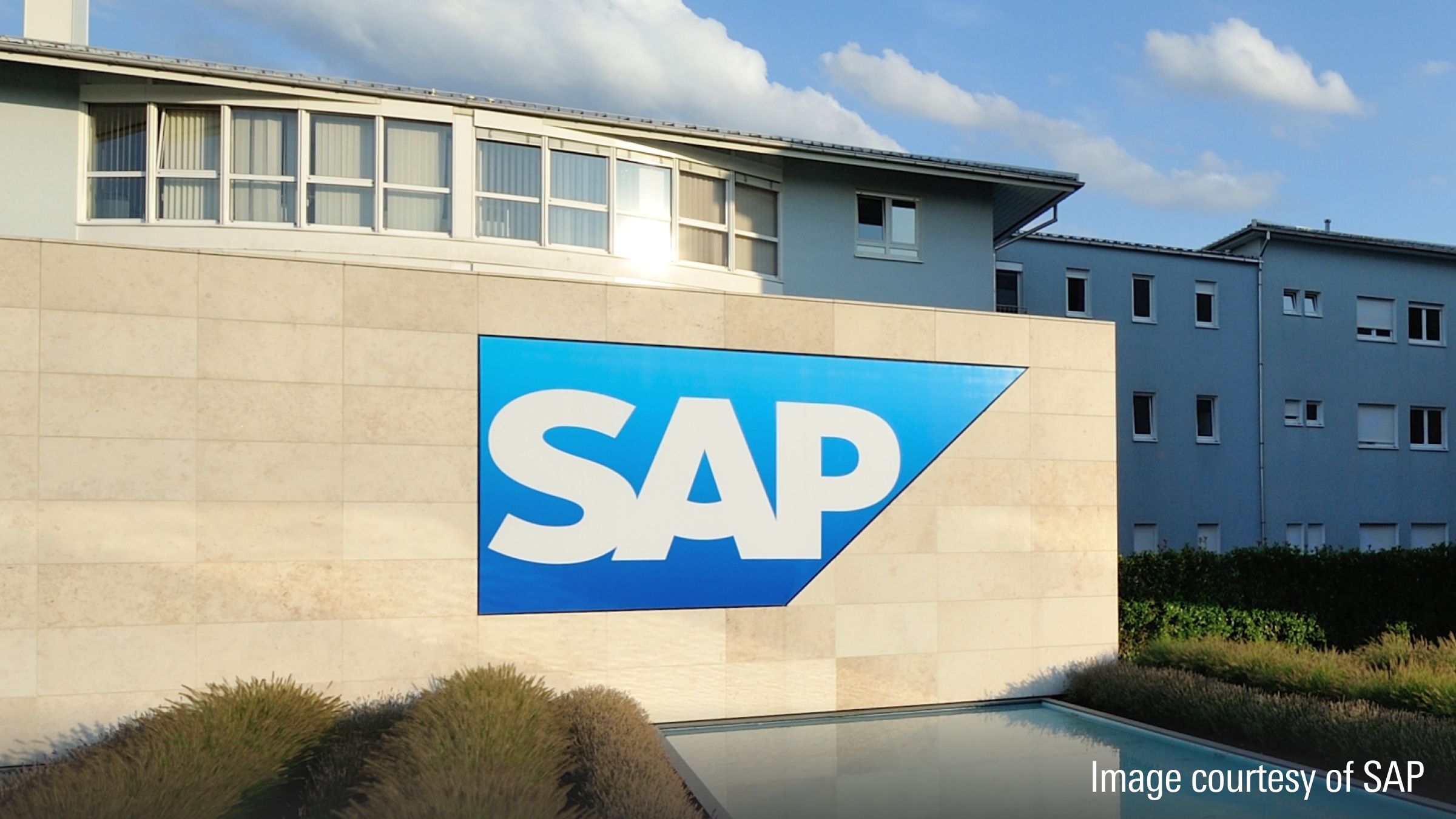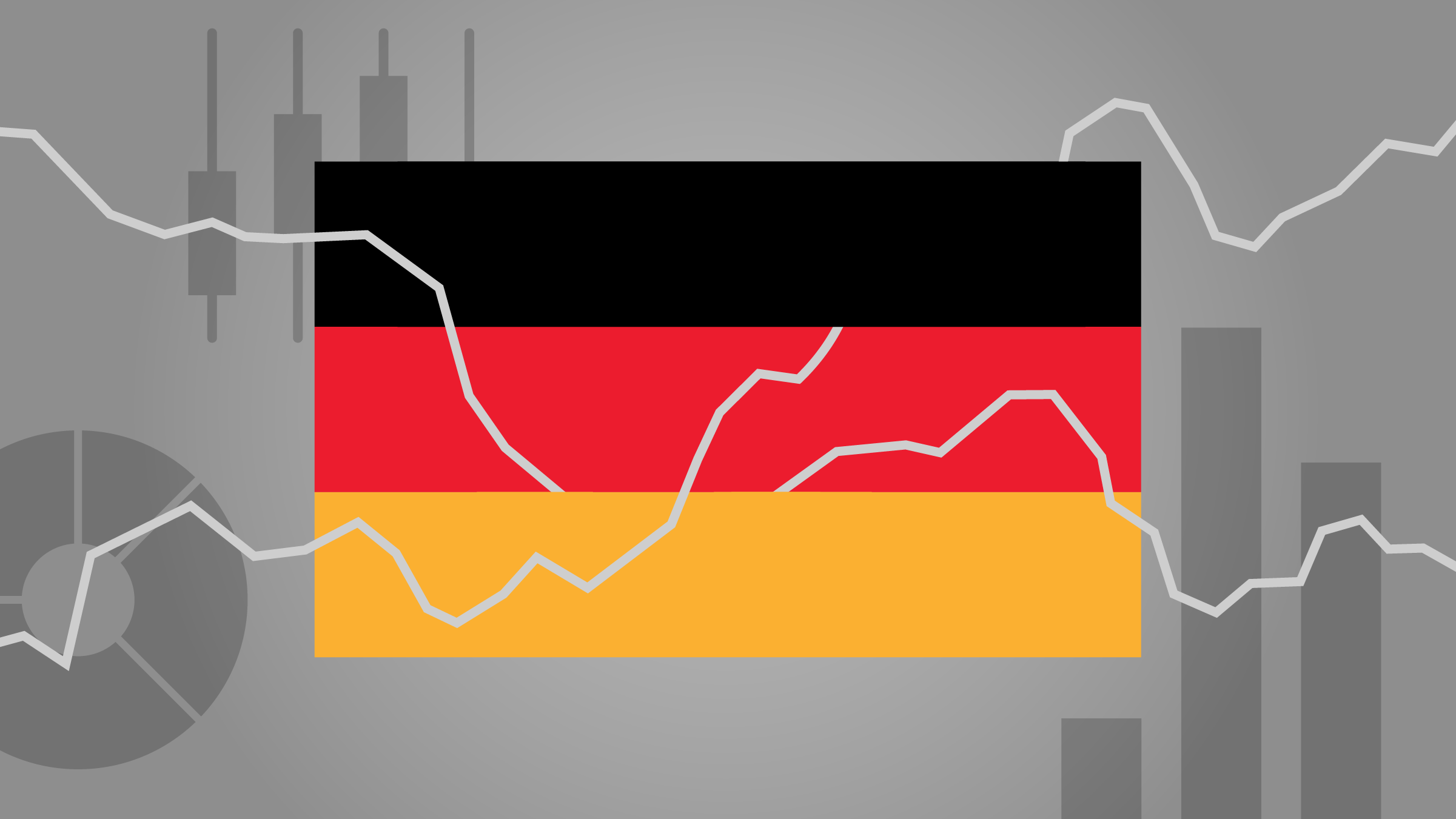Rolle im Portfolio
The Vanguard S&P 500 UCITS ETF provides exposure to the 500 largest companies in the United States. The S&P 500 Index is widely used as Wall Street’s barometer for the U.S. economy, covering three-quarters of the U.S. equity market. The index is market cap weighted and well diversified by sector with the highest exposure to Information Technology, Financials and Health Care. Given its broad exposure, the fund can be used as a long-term core holding in a portfolio. It can also be used as a tactical tool for investors looking to place a short-term bet on the direction of the U.S. equity market. The underlying companies in the index are increasingly generating more revenue from countries outside of the United States, making the ETF’s performance more sensitive to global macroeconomic trends. U.S. companies have become increasingly vulnerable to the slowdown in emerging markets, especially China. U.S equities constitute a large portion of many global indices, making up almost 55% of the MSCI World Index. Pairing the fund with a global product may result in an overweight U.S. equity portfolio. Combining the fund with a product exposed to Europe, Australia or Far East Asia instead, will diversify the portfolio more. For broader exposure, investors can turn to a World ex- U.S. ETF as well. The ETF distributes dividends on a quarterly basis and may be suitable for investors seeking income.
Fundamentale Analyse
The U.S. stock market has been one of the best performing markets during the past few years. Since the lows of 2009, the S&P 500 Index has more than tripled in value (to the end of August 2015). The United States has recovered from the 2008 financial crisis more quickly than other Western countries. This success was partly due to lower interest rates and three rounds of quantitative easing (QE). As a result of cheap financing, corporations also issued large amounts of debt and bought their own shares back. This is about to change. The Fed is likely to raise interest rates this year for the first time in almost a decade, although the exact timing remains uncertain. If the Fed tightens too soon, the economy could go back into a recession. Equity prices will decrease, while bond yields rise. Instead, if the Central Bank keeps rates close to zero for too long, inflation will accelerate. The U.S. economy contracted in Q1-2015, with an annual growth rate of 0.6% as it battled with a stronger dollar, severe weather, the West Coast port strike and spending cuts in the energy sector. GDP grew at 3.9% in Q2-2015 as consumer spending, which accounts for two thirds of the U.S. economy, increased by 3.1%. The slowdown in Q1 was temporary and the economy is projected to grow at a solid rate. Meanwhile, the labour market is strong and returning to pre-crisis normalcy. Unemployment as per the August job report is at 5.1%, the lowest level since the crisis, and also well within the Fed’s natural unemployment rate of 5 to 5.2%. Wage growth, however, remains poor. Policy makers are counting on rising wages to boost the economy and bringing inflation closer to their 2% target. Inflation in August stood at 0.2% with energy prices contributing to the largest drag. Low inflation data can delay the decision of the Fed to raise rates. The U.S. dollar has appreciated relative to most currencies this year. As U.S. products become increasingly more expensive, exports will fall and imports will rise. Approximately 40% of the revenue generated by the constituents of the S&P 500 comes from countries outside of the United States. Companies with high domestic sales (utilities, financials, health care) are expected to perform better than those with international exposure (energy, information technology). After Canada, China is the second largest trading partner for the United States, especially when it comes to the S&P 500’s biggest sector, technology. The Chinese economy; however, is slowing. The world’s second-largest economy is expected to grow at its slowest pace in 25 years even after five interest rate cuts and fiscal stimulus.
Indexkonstruktion
The S&P 500 Index is a float-adjusted market cap weighted portfolio of 500 large United States domiciled stocks. For a constituent to be included in the index it must meet the following eligibility criteria; an unadjusted market capitalization above 5.3 billion USD, a trading volume of at least 50% of its shares outstanding and a positive sum of the most recent as-reported earnings for four consecutive quarters, as well as for the most recent quarter. The U.S. Index Committee maintains the S&P 500 and meets on a monthly basis. It aims to minimize index membership turnover. If a constituent no longer meets the entrance requirements, the committee will not remove the member immediately if they deem the change temporary. The index is well diversified by sector and security. The most significant sector exposures are to information technology (18-21%), financials (15-17%) and health care (13-15%). The top ten holdings constitute approximately 17% of the total index weight, including Apple (3-4%), Microsoft (2-3%) and Exxon Mobil (1-2%)
Fondskonstruktion
The Vanguard S&P 500 ETF uses full physical replication to capture the performance of the S&P 500 Index, less fees. The fund owns –to the extent that it’s possible and efficient- all the underlying constituents in the same proportion as its benchmark. The fund may use futures contracts to minimise transaction costs and maximize liquidity. As of this writing, the fund doesn’t participate in securities lending.
Gebühren
The Vanguard S&P 500’s ETF’s total expense ratio (TER) is 0.07%, which is at the low end of the range for ETFs with exposure to the U.S. large-cap equity market. Other costs potentially carried by the unitholder but not included in the total expense ratio include transaction costs on the infrequent occasions when the underlying holdings change, bid-ask spreads and brokerage fees when buy and sell orders are placed for ETF shares.
Alternativen
Various ETF providers offer products that aim to track the S&P 500 Index, including (but not limited to) iShares, SPDR, Source and HSBC with expense ratios ranging from 0.05% to 0.40%. For investors not seeking income, the iShares Core S&P 500 ETF (TER 0.07%) is one of the best alternatives available. It is the largest fund, as measured by net assets under management, and one of the most heavily traded on the London Stock Exchange. Providers are also offering currency hedged S&P 500 ETFs for an additional cost. The iShares S&P 500 GBP Hedged ETF (TER 0.45%) protects investors against a depreciation of the dollar against the pound sterling. iShares also offers a EUR and CHF hedged version of the ETF. Beyond the S&P 500, there are other index alternatives for U.S. equity market exposure, including the MSCI USA, the technology heavy NASDAQ and the Dow Jones Industrial Average Index, which is price weighted and more concentrated in its holdings. For alternatives to market capitalisation-weighted exposure to U.S. equities, investors can turn to the Ossiam ETF US Minimum Variance NR, db x-trackers S&P 500 Equal Weight and PowerShares Dynamic US Market Fund. These numerous strategies suit different market environments.
















